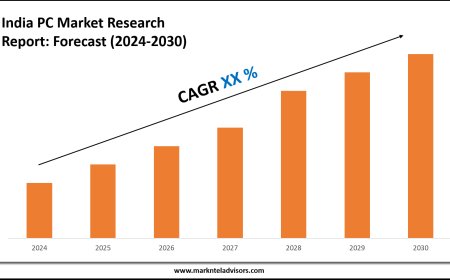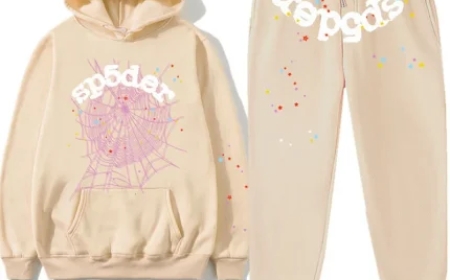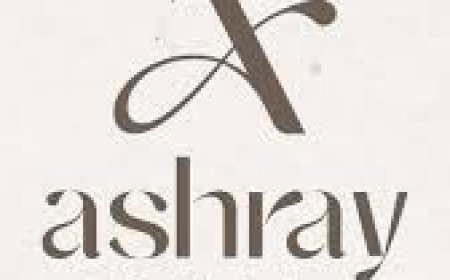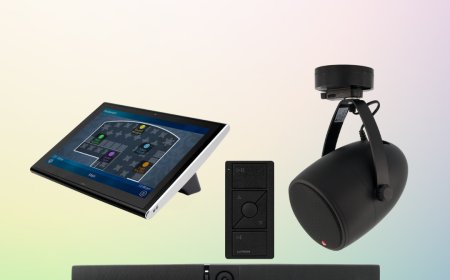PES File Converter Alternatives: When to Use DST, EXP, or JEF
Not all embroidery machines use PES files. Discover when to use DST, EXP, JEF and other formats instead, with expert tips on conversion and compatibility.
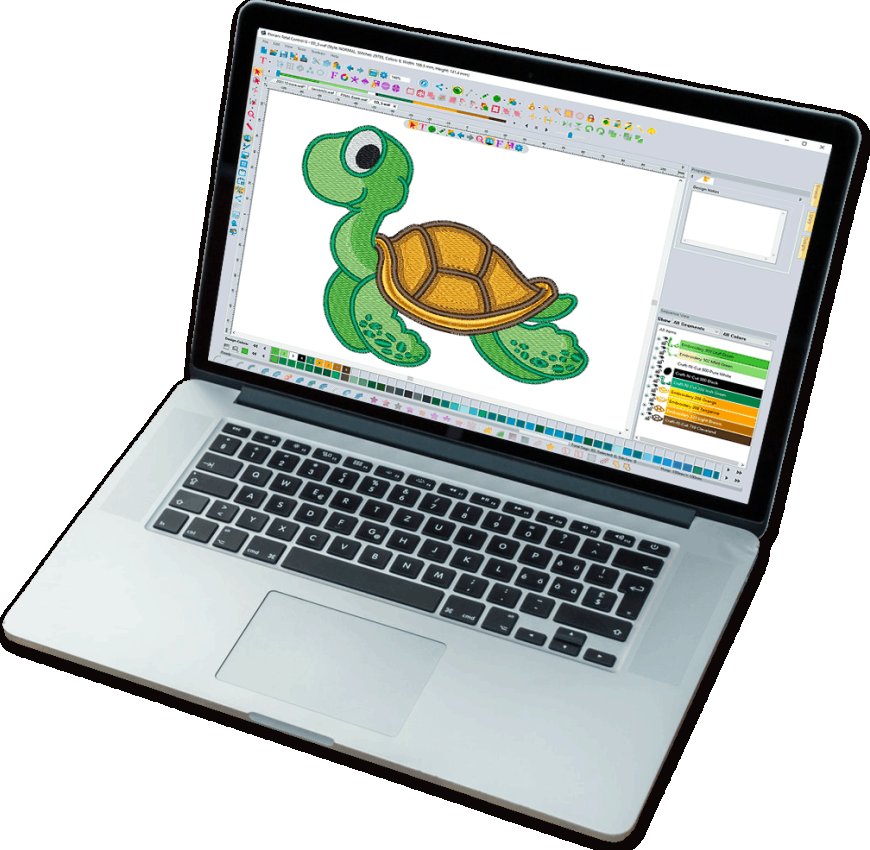
Introduction
You've got your perfect embroidery design ready in PES format - but wait, your machine won't read it. That's because while Brother machines love PES files, other brands speak completely different embroidery languages. This is where a reliable PES file converter becomes essential for any embroiderer working with multiple machines.
Understanding when to use:
-
DST(Tajima industrial machines)
-
EXP(Melco/Bernina systems)
-
JEF(Janome home machines)
-
And other specialty formats
...could mean the difference between smooth stitching and frustrating error messages. Each format has unique strengths - DST for production work, EXP for precision stitching, JEF for home projects. The right PES file converter can bridge these format gaps effortlessly.
Let's break down each format in detail so you'll always know:
-
Which file type your specific machine requires
-
How to convert between formats without quality loss
-
When to use specialty formats for optimal results
-
Which conversion methods work best for different situations
Whether you're a home hobbyist or professional embroiderer, mastering these format differences (and having the right PES file converter tools) will save you countless hours of frustration.
The Embroidery Format Family Tree
PES (Brother)
-
Primary Use:Brother home and commercial machines
-
Strengths:
-
Supports multiple needle colors
-
Good for complex designs
-
-
Limitations:
-
Brother-specific (won't work on other brands)
-
DST (Tajima)
-
Primary Use:Industrial Tajima machines
-
Strengths:
-
Industry standard for production
-
Compact file size
-
-
Limitations:
-
Limited color information
-
EXP (Melco/Bernina)
-
Primary Use:Melco and Bernina machines
-
Strengths:
-
Excellent stitch accuracy
-
Supports large designs
-
-
Limitations:
-
Not widely compatible
-
JEF (Janome)
-
Primary Use:Janome home machines
-
Strengths:
-
User-friendly for home embroiderers
-
Good stitch quality
-
-
Limitations:
-
Smaller design capacity than industrial formats
-
When to Use Each Format
Choose PES When:
? Using Brother machines
? Need color change support
? Want easy home machine compatibility
Choose DST When:
? Working with industrial machines
? Need widest professional compatibility
? Running production batches
Choose EXP When:
? Using Melco or Bernina equipment
? Need precise stitch placement
? Working with large designs
Choose JEF When:
? Embroidering on Janome machines
? Making small home projects
? Need simple format for basic designs
How to Convert Between Formats
Method 1: Dedicated Conversion Software
Best for:Frequent conversions
Top Options:
-
Wilcom TrueSizer ($99+)
-
Embird ($259)
-
Hatch Embroidery ($1,000+)
Steps:
-
Import PES file
-
Select "Save As" or "Export"
-
Choose target format (DST, EXP, etc.)
-
Adjust settings if needed
-
Save new file
Method 2: Online Converters
Best for:One-time conversions
Top Options:
-
MyEditorOnline
-
Online-Convert
-
StitchBuddy
Steps:
-
Upload your file
-
Select output format
-
Download converted file
-
Always test stitch!
Method 3: Built-in Machine Software
Many machines include basic conversion:
-
Bernina ArtLink
-
Janome Artistic Suite
-
Brother PE-Design
Conversion Challenges & Solutions
Problem 1: Color Information Loss
Why it happens:Some formats (like DST) don't store color data well
Fix:
-
Manually note thread colors
-
Include a color legend PDF
Problem 2: Stitch Distortion
Why it happens:Different machines interpret stitch types differently
Fix:
-
Test stitch after conversion
-
Adjust density in original file
Problem 3: Format Not Supported
Why it happens:Older machines have limited compatibility
Fix:
-
Try a different converter
-
Use intermediate format (like SVG)
Specialty Formats Worth Knowing
XXX (Singer)
-
For older Singer home machines
-
Limited to 5.5" x 7" designs
VP3 (Husqvarna Viking)
-
Used by Viking/Pfaff machines
-
Supports unique decorative stitches
PEC (Brother)
-
Alternate Brother format
-
Better for large designs than PES
Pro Tips for Perfect Conversions
-
Always keep originals- Never overwrite your master PES files
-
Test on scrap fabric- Catch issues before stitching final product
-
Note your machine's limits- Max size, stitch count, etc.
-
Batch convert carefully- Some designs need individual attention
When to Hire a Professional
Consider expert help when:
-
Converting complex 3D puff designs
-
Working with vintage machines
-
Needing production-quality files
-
Lacking time to test multiple versions
The Future of Embroidery Formats
Emerging trends:
-
Universal format attempts(like .EMB)
-
Cloud-based conversion
-
AI-assisted optimization
Conclusion
While PES files work great for Brother machines, knowing when to use DST, EXP, JEF or other formats unlocks true embroidery versatility. Remember:
?Match format to machine brandfor best results
?Test all conversionsbefore important projects
?Keep original filessafe for future editing
?When in doubt,professional conversion saves time
Armed with this knowledge, you're ready to tackle any embroidery project - no matter what machine or format it requires.















